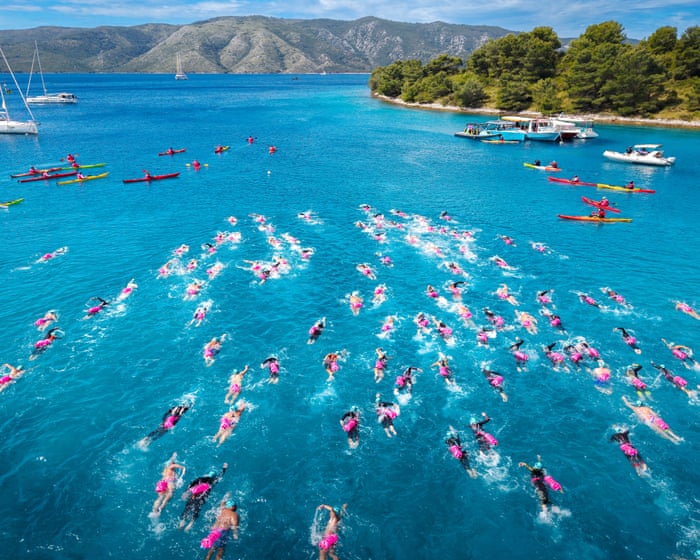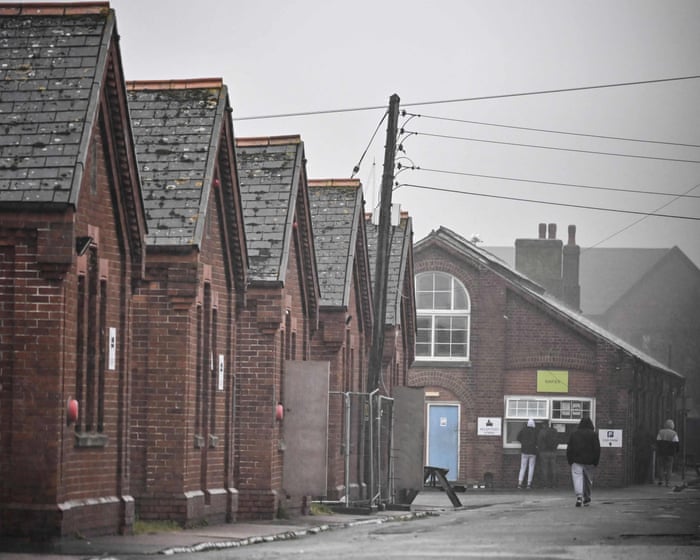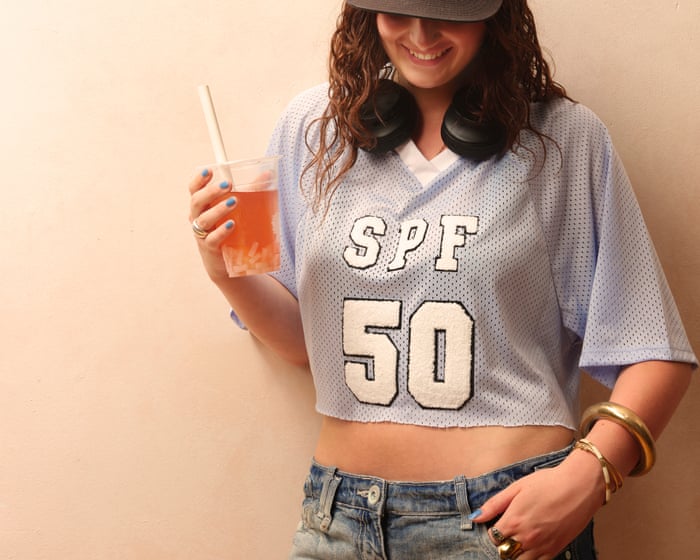We start our swim from Stari Grad, one of Europe’s oldest towns, gliding into the water near the harbor. Passing the Church of Saint Jerome and rounding a pine-covered headland, we make our way to a quiet bay along Hvar’s northern coast. Emerging like an amphibious landing party—about 160 of us—we head straight for the hotel pool bar, where drinks are waiting. So far, so relaxed. But this is just the warm-up.
Back in 1875, Captain Matthew Webb made history as the first person to swim the English Channel, slathered in animal fat to ward off the cold. At the time, it was seen as an almost superhuman feat. Fast-forward 150 years, and I signed up for a modern twist on his 33.3km (21-mile) swim—the shortest Channel crossing, though Webb was blown off course and ended up swimming nearly twice that distance. This Croatian version takes us between Dalmatian islands over four days, with the comfort of a three-star hotel (Places Hvar by Valamar) to recover in each evening. And thankfully, neoprene has replaced the old-school tallow.
Within minutes of starting, I spot an octopus lazily waving from its underwater garden. The trip is organized by UltraSwim 33.3, a new company named after the Channel distance, offering multi-day swim challenges in stunning locations—Croatia, Montenegro, Greece, and Switzerland—with a focus on comfort and support.
“The Channel is the Everest of swimming,” says Mark Turner, co-founder of UltraSwim 33.3. “But the window to attempt it is narrow, it’s expensive, and let’s be honest—it’s not the most appealing stretch of water. With us, you get the same distance in breathtaking surroundings without roughing it.”
I’ve done swimming holidays before with companies like SwimTrek and Strel Swimming Adventures, covering up to 5km a day with breaks for snacks and sunbathing. UltraSwim takes a more structured, challenge-driven approach. Each day starts early—we’re in the water by 8 a.m., before boat traffic picks up—and swimmers cover up to 12km with only brief stops.
After signing up, I received a detailed training plan and quickly realized I wasn’t ready—physically or mentally—for the full 33.3km. Luckily, there were shorter options: the 11.1km “Discovery” and 22.2km “Build” packages, both nods to the Channel challenge.
On the first day, we set off from a jetty near the hotel. Exhausted but exhilarated, I stumble ashore at Uvala Veli Dolac after several kilometers to find a spread of high-energy snacks and plenty of carb-loading talk—a far cry from Webb’s diet of beer, brandy, and beef tea.
I love swimming through sunlit kelp forests, lost in the steady rhythm of stroke after stroke. According to the Channel Swimming Association, Webb’s feat has since been repeated over 3,250 times. The endurance trend is everywhere now—ultramarathons, multi-day cycling tours, open-water relays. More and more, people seem to want vacations that leave them with a sense of achievement, not just relaxation.
Days two and three bring proper “Channel-style” swims—crossing 2-3km stretches of open water from Kabal headland to Stiniva beach, and Cape Pelegrin to Palmižana. On a map, these are marked as ferry routes, but the view from the water is entirely different: distant headlands to aim for, choppy waves, and the occasional jellyfish.
I’ve never done anything quite like this before, and it’s not a challenge I particularly enjoy. But I keep my head down and try not to think about how far I am from dry land.I come from dry land. My tow float has a GPS tracker, kayakers flank me on both sides, and the course ahead is clear—thankfully much simpler than Webb’s swim, where strong tides pulled him far off track, turning a 21-mile crossing into a grueling 39-mile ordeal.
As I swim for just over two hours, I can’t imagine how he kept going for nearly 22. To pass the time, I think back on moments from the trip: the 16th-century Tvrdalj Castle in Stari Grad, once home to the poet Petar Hektorović, and Diocletian’s Palace in Split, where I spent a leisurely day wandering its golden alleys, tracing layers of history from Roman and Venetian rule to Yugoslavia and modern Croatia.
After navigating the open-water channels, we loop back into calmer waters around the Pakleni archipelago, dotted with pine, wild rosemary, and lavender—the same plants that give the local honey its flavor. The name “Pakleni” comes from paklina, a pine resin once used in boatbuilding.
Our group of 160 swimmers comes from all over—Brazil, Dubai, Australia—with nearly equal numbers of men and women, ranging in age from 20 to 73. Some are training for an actual Channel crossing, while others just want a challenge.
“It’s type-two fun,” Joe from Dublin tells me. “The kind that’s only fun after it’s over.” I prefer type-one fun—enjoying things in the moment—but I still love gliding over sunlit kelp forests, the steady rhythm of each stroke, and the quiet satisfaction of finishing each day’s swim.
“People surprise themselves,” says Turner. “With pacing and support, swimmers who’ve never gone beyond a few kilometers leave feeling like they’ve done something extraordinary.”
Non-swimming partners aren’t left out. They can follow by boat, cheer from shore, or explore Stari Grad and Hvar. One non-swimmer told me he’d covered plenty of ground on an e-bike, visiting lavender farms, vineyards, and sleepy fishing villages. “Swimming’s not really my thing,” he admitted. “But my girlfriend loves it, so we’re both happy.”
On the final day, we aim for the bell tower of St. Stephen’s Cathedral, swimming the last stretch into Hvar’s harbor. We emerge near the Venetian arsenal to a glass of champagne, handed to us after passing the finish line—much to the confusion of regular tourists.
Later, after a soothing massage at a spa hotel, I wander Hvar’s winding streets, stopping for fresh fish and Croatian wine, with no more talk of carb-loading. I didn’t win anything, and I didn’t swim the full 33.3 km, but I completed the 11.1 km course and got a taste of what Captain Webb must have felt: the slow, steady triumph of body over distance—minus the freezing Channel waters and beef tea. And instead of the pale cliffs of Cap Gris-Nez marking the finish, there was Hvar’s golden limestone.
The trip was provided by UltraSwim 33.3. Packages start at €1,800 per person for four nights (groups of four get a half-price discount for the fourth swimmer), including hotel stays, breakfasts, post-swim lunches, and guided swims. The next Croatia dates are in 2026, but spots are still available.This year, trips to Montenegro, Greece, and Switzerland are available.




